By its very nature, fashion is an industry that’s in constant flux, and developers who specialize in designing apparel stores need to be mindful of their clients changing expectations.
Developers who specialize in designing apparel stores need to be mindful of their clients changing expectations.
Clothing customers look for stores that not only stock awesome products, but also provide a unique shopping experience. This is where developers can play an important role, delivering carefully designed user-interfaces for clients and empowering merchants with feature-rich sites.
In this article, we’ll look at some emerging design trends for apparel stores to understand how this industry is changing, and how developers can make better informed decisions when specializing in this area.
We’ll also provide a sample product CSV file that you can use to quickly set up an apparel-themed development store when presenting to clients, as well as some recommended apps and themes.
Download a sample apparel CSV file
For test purposes, we have created a sample product CSV file with a range of demo products. When presenting a custom theme or pitching your services to clients, feel free to use this CSV file to populate your development store with demo products.
Why you should pay attention to the apparel industry
Worldwide, the clothing and accessories ecommerce segment is expected to be worth more than $225 billion USD in 2017, and is forecasted to grow 12.2 percent annually, to more than $355 billion USD by 2020.
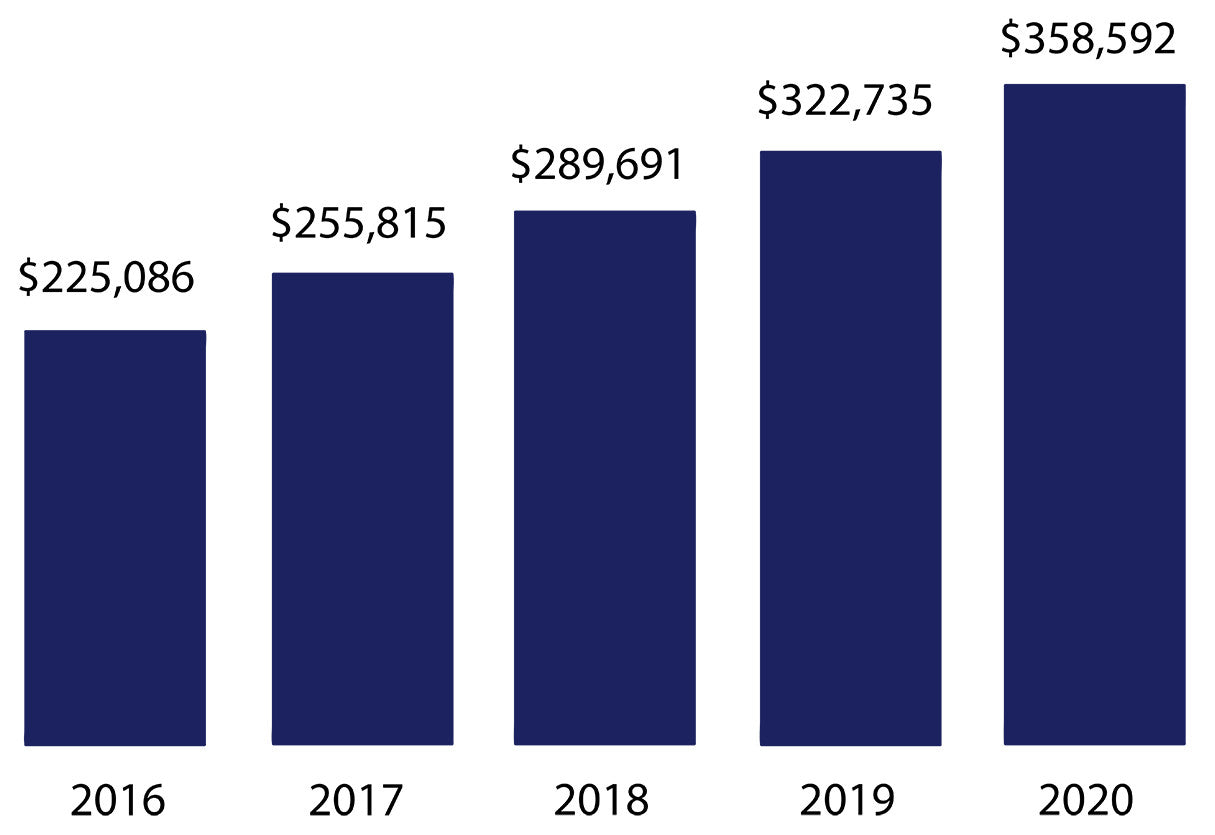
Judging by these figures, there will be a steady need for new apparel websites , but more importantly, innovative advances in technology are likely to dramatically change the expectations merchants have of their online stores; they’ll want to offer consumers a more personalized and dynamic experience.
, but more importantly, innovative advances in technology are likely to dramatically change the expectations merchants have of their online stores; they’ll want to offer consumers a more personalized and dynamic experience.
They’ll want to offer consumers a more personalized and dynamic experience.
Successful stores will need to be easy to navigate, highly visual, versatile, and designed to build customer trust. As developers, you have a responsibility to your clients to ensure best practices are followed, and new features are integrated to provide the best user-experience possible. Technology will both adapt to, and shape, web-design and customer preference in the next decade.
With all these progressions in mind, here are three apparel industry trends you should keep an eye on as a developer .
.
Apparel trends to watch
1. Building personalized apparel experiences
Personalized online experiences are quickly becoming the standard, and developers who can deliver websites that cater to these changes will be successful . Trust between ecommerce retailers and consumers will become paramount, and possibly even something one might classify as a business asset that creates a competitive advantage.
. Trust between ecommerce retailers and consumers will become paramount, and possibly even something one might classify as a business asset that creates a competitive advantage.
One feature of apparel stores that’s going through an interesting evolution is intelligent clothing recommendations. Clothing recommendations that are generated based on a customer’s previous purchase, is a trend that’s beginning to catch up with data analysis advancements. By building a store that combines data mining with predictive analysis, you can display categories a customer has previously purchased from, or target customers with specific products, based on their behaviour.

For example, clothing and homeware brand Very identified that their different customer types were interacting with the website in a number of different ways. To capitalize on this, Very integrated an AI-driven predictor that presents a personalized home-page, with images and promotional messages appearing differently to each of its customer profiles.
Another interesting apparel feature to consider, is building a fitting solution into your custom theme that’s designed to help consumers buy the right size online. The trend toward fit-technology, or virtual sizing tools that actually work, is one that’s garnering major investments among fashion and apparel ecommerce firms. Increasingly, we’re seeing creative new apps, such as Glazfit, which make use of customers webcams to allow them to accurately “try-on” a product.
2. Drive engagement with gamification
Earning trust by offering a personalized customer experience is increasingly being accomplished, in part, by making the buying process more fun, interactive, and conducive to where people are spending their time online. It’s an increasingly popular trend to mix a bit of play with work in order to gamify the customer experience.

When Modcloth faced a challenge over choosing which clothing designs to run, they outsourced this decision-making process to their customers by allowing visitors to vote and comment on the clothes they admired most.
“Sometimes there are designs that we absolutely adore, but the designer can only put them into production if they make a large quantity,” Turi Fesler of Modcloth explains. “As a small company, it’s difficult for us to make these big inventory commitments without knowing if you will love the designs as much as we do. It’s a little like mind reading. That’s why we’re asking you, the customer, to be a virtual buyer, and tell us which items you love! ”
By giving visitors an option to vote on product pages, Modcloth was able to mitigate the risk of meeting production minimums. Interestingly, the clothing company found that giving customers the ability to comment on the designs drove customer engagement the most. After a fixed period, voting was closed and the most popular products, which already had a proven market, were then produced and made available for purchase.
Building vote functionality into your client’s store will make the buying experience interactive for customers, as well as provide clients with an easy indicator to learning which products are popular, before they’re even produced.
You might also like: 6 Examples of Retail Gamification to Boost Engagement and Sales.
3. Think outside the box with the world of gaming
Imagine having a million ecommerce stores all over the web and the physical world. Imagine also creating a friction-free purchasing experience anywhere there’s a screen.
It’s actually possible now, with the introduction of Shopify’s Custom Storefront development kit, to create unique buying experiences on practically any interface. Not only will using it improve the customer experience, by reducing the number of clicks to make a purchase, but you can also embed buy buttons almost anywhere, including inside apps and games. Now your clients can target gamers with offers related to their interests, across devices.
As gamers customize a character they’re playing online, you can use the Unity SDK to create a link between the clothing a character is wearing, and a store that stocks a real life version of those clothes.
Game developers are already selling merchandise through online stores that are associated with their gaming site, but now developers can embed shops that sell real-world items for real-world currencies, directly into their games. Similarly, by using the Android Buy SDK, you can set up flash sales on products related to a specific app to drive a particular audience to your clients’ store.
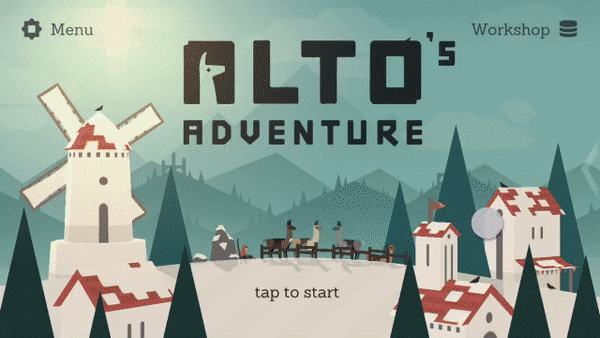
As an example, the mobile game Alto’s Adventure uses the Unity Buy SDK to sell branded t-shirts and character-themed merchandise. With this SDK, Alto’s Adventure was able to make the buying experience feel like an authentic part of the game’s universe, with low development effort. Now gamers could purchase exclusive t-shirts when certain achievements are unlocked, straight from inside the game.
You might also like: Custom Storefronts — Building Commerce Anywhere.
Recommended apps for apparel clients
Sometimes it might be necessary to advise your clients to use apps to achieve the functionality they need when setting up, or scaling, their apparel business. Using apps can also reduce the cost of developing a bespoke solution from scratch, or help your customers import and dropship products from fulfillment companies.
With all this in mind, here are four stellar apps you can recommend to your apparel clients .
.
1. Automatic Background Remover

Automatic Background Remover can be a huge help for clients who need to remove the background of product images, and enhances how products are displayed. If the automatically corrected image is not good enough for your clients, they can also manually edit the outcome by using the ‘Touch up’ mode.
2. Size Matters (free size guide)

There are many reasons why having a size chart is essential for any store selling apparel. If you don’t want to create one from scratch yourself, free app Size Matters can add a customizable size chart into your client’s products pages.
3. SEO Images
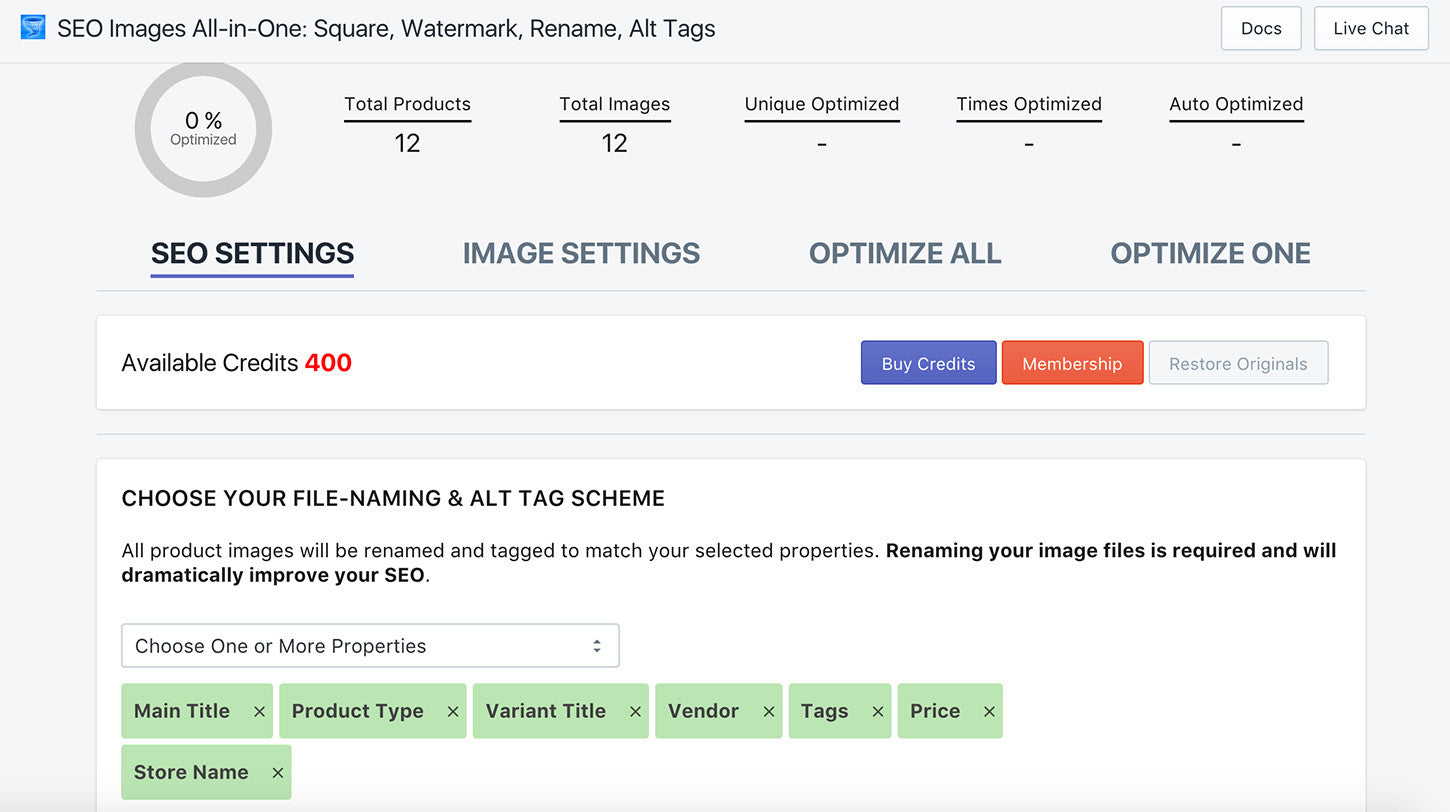
SEO Images is a feature-rich app that will resize, crop, fill, compress, rename, re-tag or watermark all your product images, without needing to touch a image editor, like Photoshop. If your clients need to edit their images, and isn’t comfortable with image editing software, this is the app for them!
You might also like: 22 Top-Rated Shopify Apps for Fashion Stores.
4. Recommended themes for apparel clients
Some themes are built especially for fashion, with a focus on large product images for visual storytelling, and features like lookbooks that showcase clothing in a catalog.
Here are a few of examples to consider.
1: Narrative
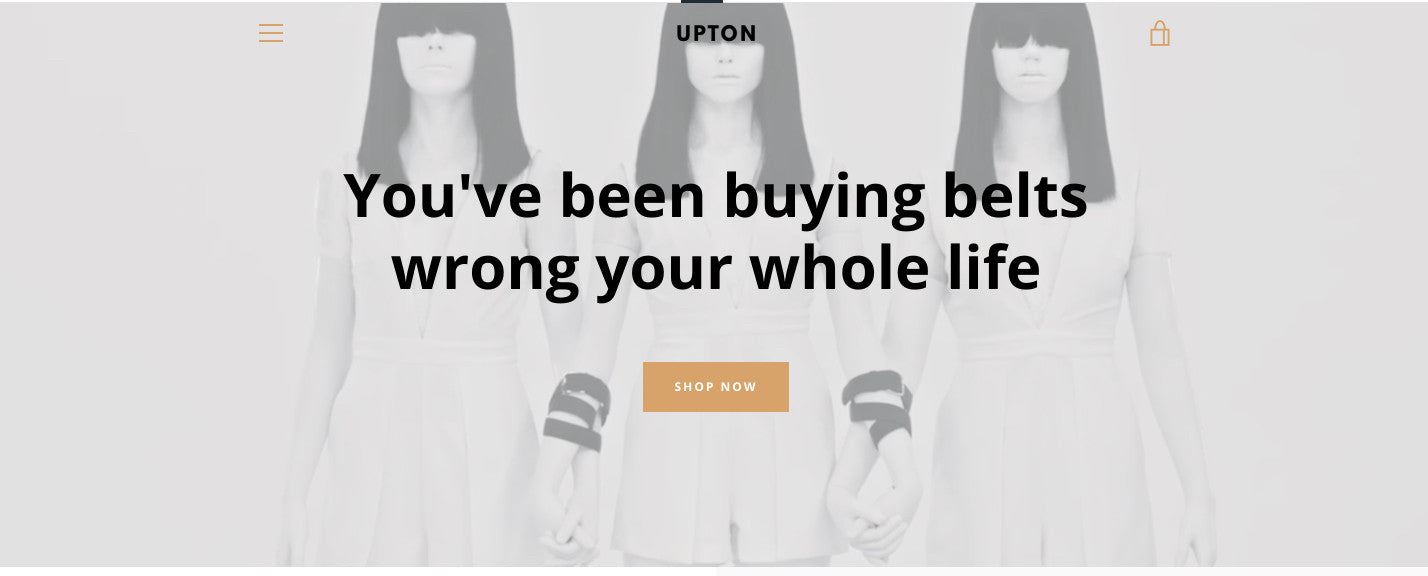
This image-rich theme is designed for brand and product storytelling, ideal for stores with a small number of products. Use Narrative to showcase the finer details of your client’s clothing line with customizable image blocks, quote slides, and more.
2: Trademark
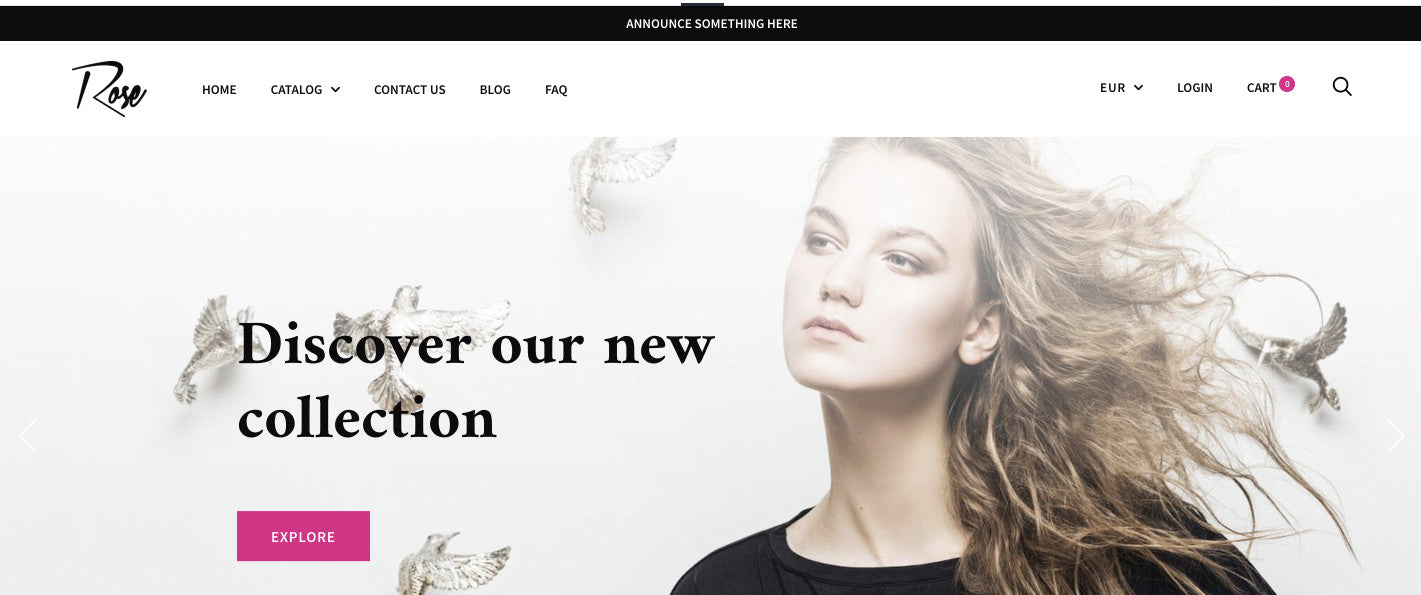
Trademark is an impactful, image-based theme for visually striking brands that allows you to feature a video on your client’s home or product pages. Take full advantage of imagery with an embedded full-width Instagram feed.
3: Vogue
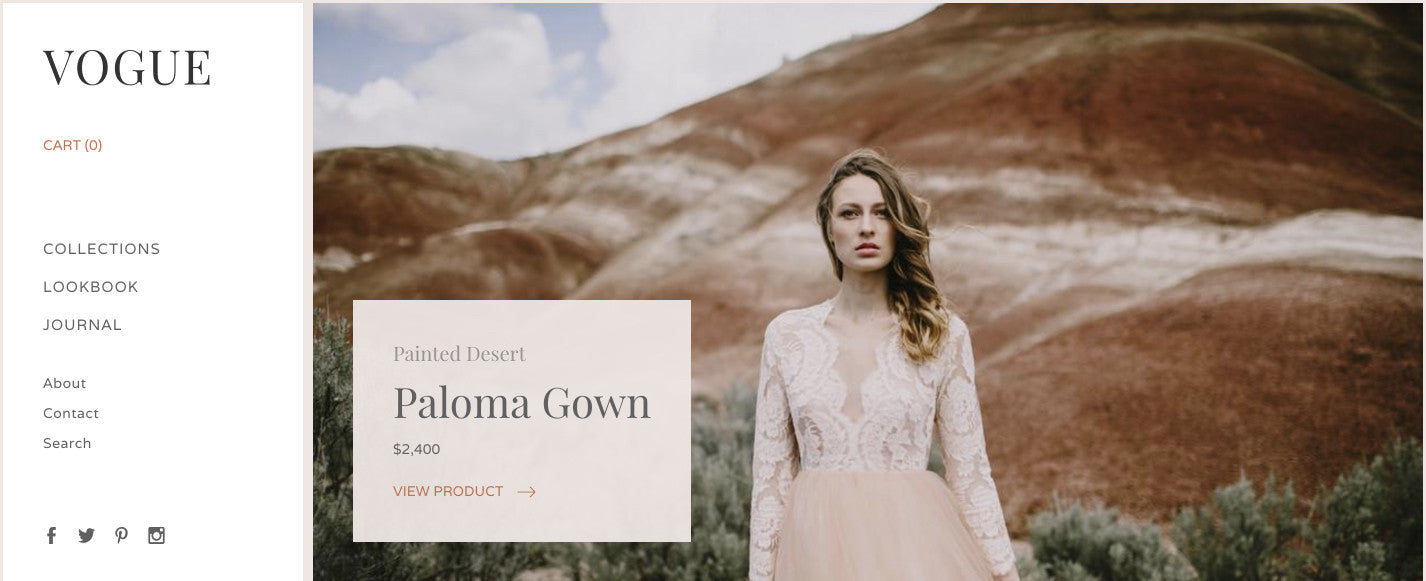
Use Vogue to provide your client with a lookbook-style theme, designed for seamless browsing and optimized for large images to showcase high-resolution product imagery throughout their store.
4: Palo Alto

Palo Alto is a contemporary design that gives your client space to tell their story, particularly with the large hero video feature on the homepage. You can also feature multiple products, posts, or promotions in a masonry-style layout.
5: Split

Display both Twitter and Instagram posts, side-by-side, in a stylish social grid with Split, perfect for visual brands with a story to tell.
Other themes that are suitable for apparel can be found in the Clothing & Fashion filter of the Shopify Theme Store. It’s worth keeping in mind, however, that any industry theme can be customized for clothing and fashion.
Pitching to apparel clients
Developers who build apparel stores can provide the best experience for clients, by carefully researching this industry, and implementing thoughtful design strategies. By combining these fashion insights, suggested apps, and suitable themes into a development store, you can pitch your finest work to clients.
Read more
- 5 Questions You Should Ask Your Clients Before Every Web Design Project
- 4 Things to Consider When Designing Wholesale Stores for Clients
- 13 Web Design Trends to Watch in 2020
- 6 Design Conferences to Last You 'Til The End of 2016
- Designing for Conversion: A New Course Series to Level up Your Skills
- How to Direct, Control, and Hold Focus Through Design
- 14 Image Tools for Web Developers in 2017
- 3 Digital Marketing Strategies for High-Priced Inventory
- Top Ecommerce Resources for August
- How to Convince Others of Your Design Direction

